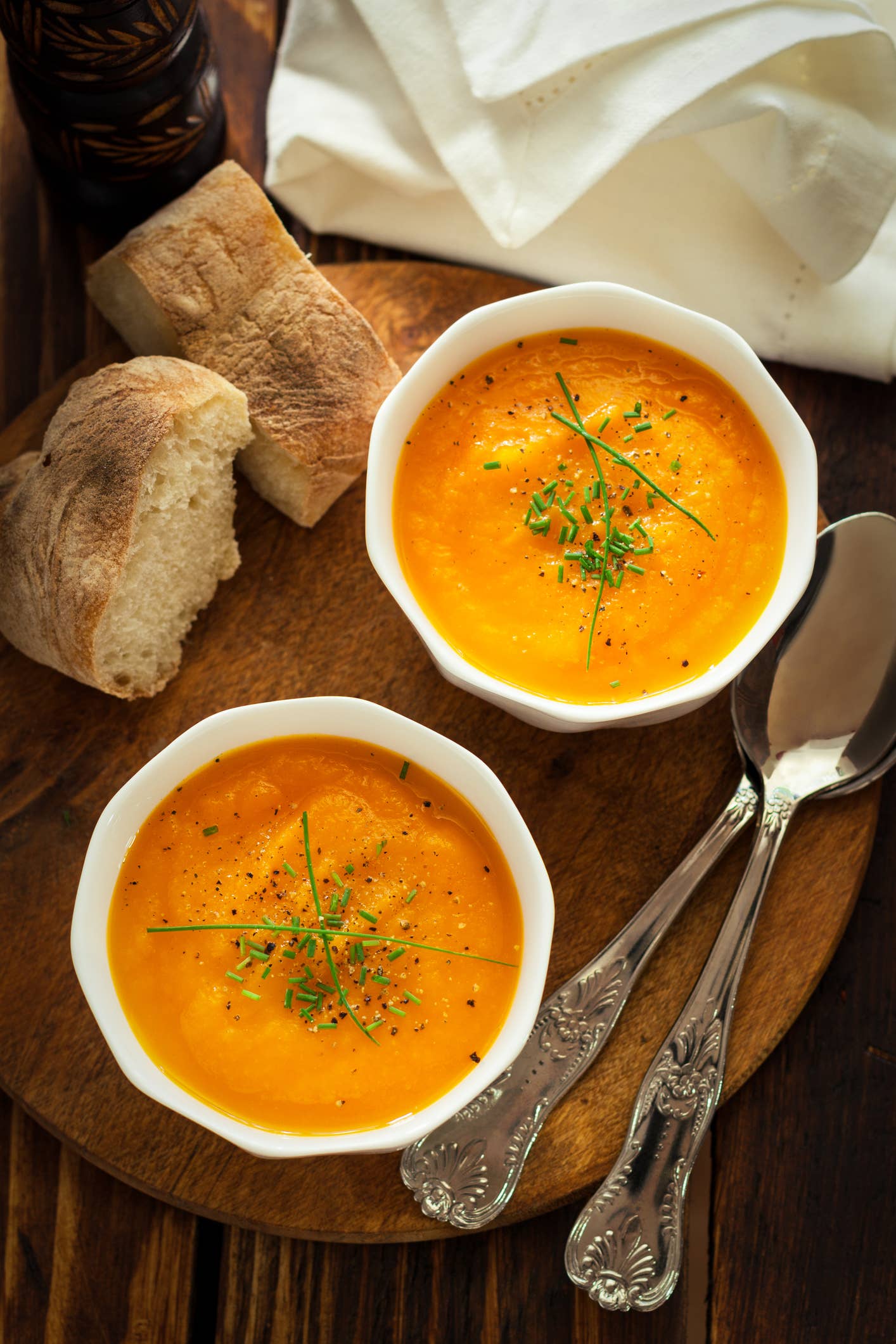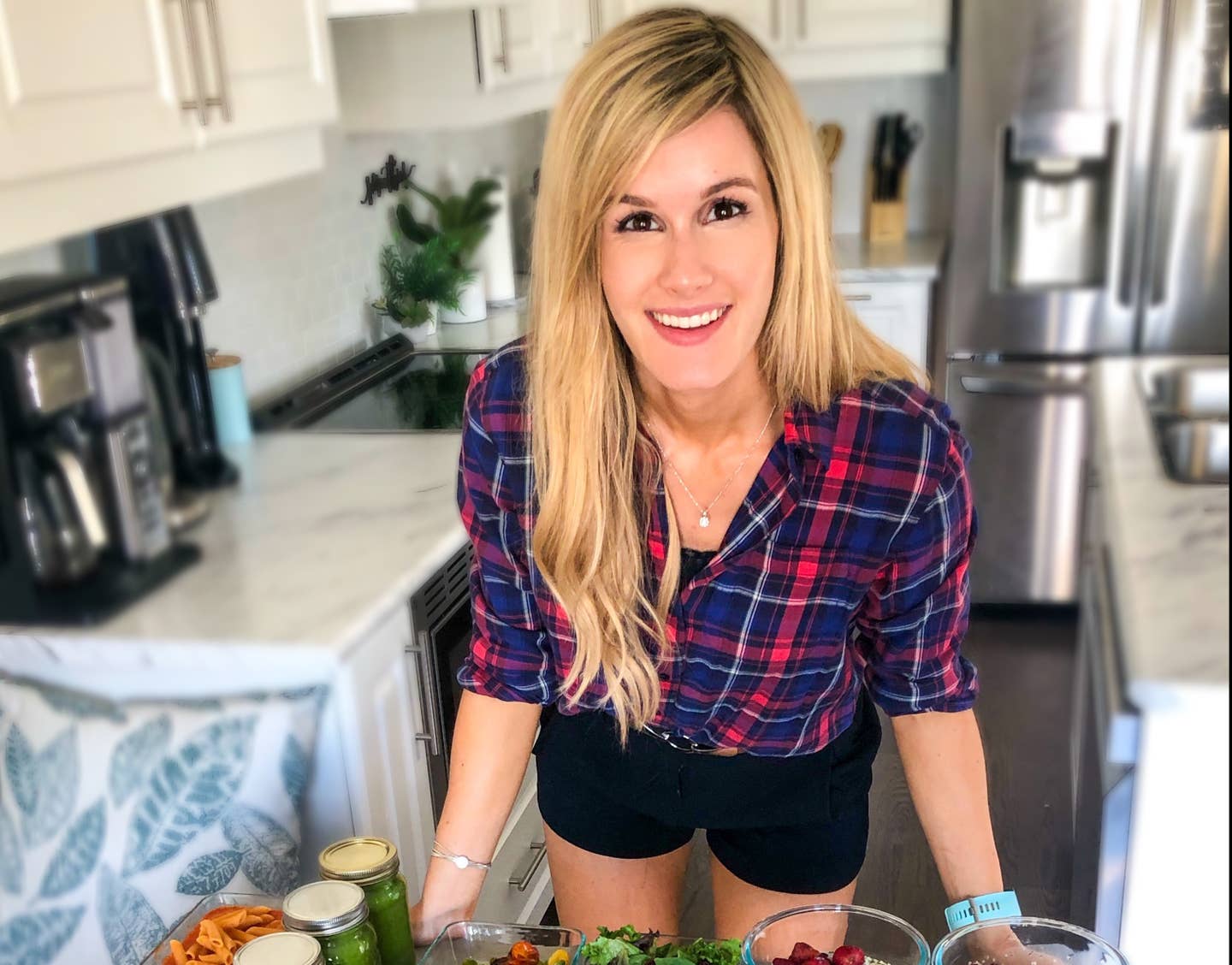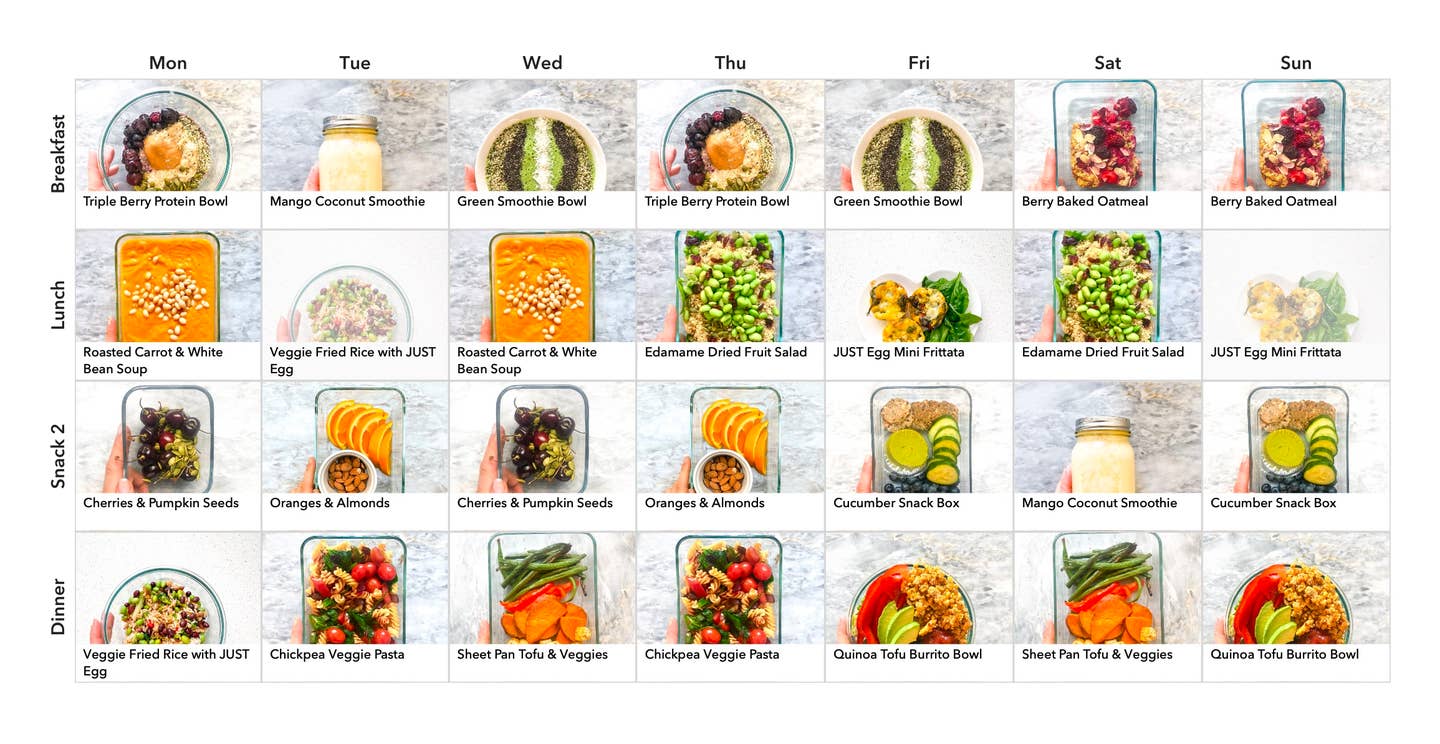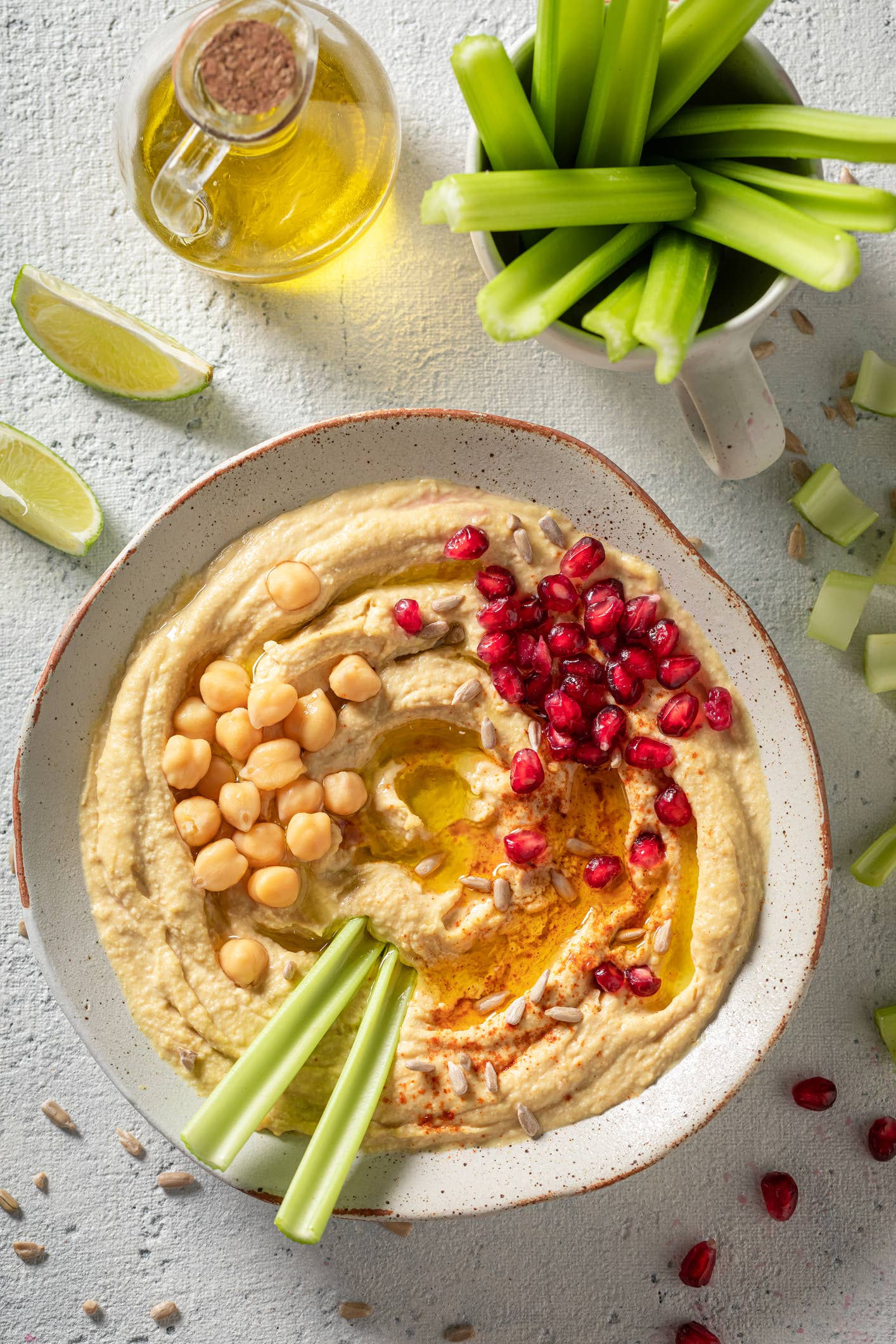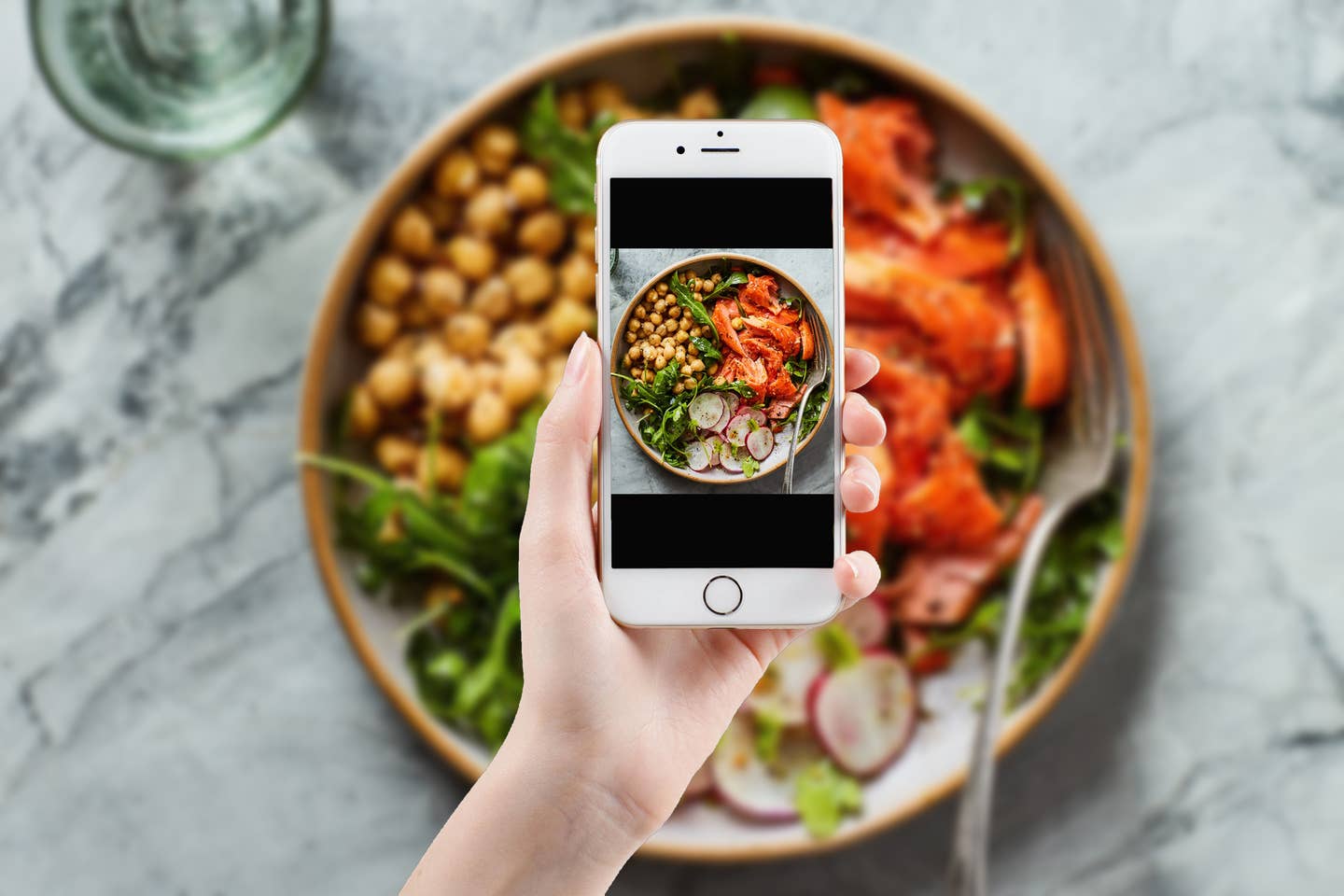
The Plant-Based Diet Helpful Graphics: Your Roadmap to Weight-Loss Success
How to Make a Balanced Meal
Combine Food Types
When eating carbs, it’s healthier to balance them: Add veggies for fiber, proteins to fill you up and healthy fat to keep you full longer.
Don’t Eat Carbs Alone. Make sure you get Protein, Fat and Veggies.
Here's a Bright Idea: Salad for Breakfast!
Get Your Veggies Tip:
Most people don’t get the recommended 5 servings of fruits and veggies a day.
Try eating leftover salad for breakfast or add veggies to your morning smoothie, and you’ll start out ahead of the game.
Ratios Matter: Add More Vegetables for Weightloss
Eat to Lose, then to Maintain
When losing weight, fill your plate with vegetables, then add protein and some healthy fat.
As you level off and decide that it’s time to maintain your weight loss, you can add some carbs (whole grains are best) and still eat vegetables and protein and fats.
On the “maintain” stage of your diet you can cut down the vegetables from 2 servings to 1.
Portion Control: A Snack is 1/2 the Size of a Meal
Snacks are Half the Size of a Meal
If you want to eat a snack between meals it should be no more than about 200 calories and contain half the amount of food as a meal.
This can keep you full, but don’t overdo it because snack calories can add up.
Healthy Alternatives to Satisfy Your Sweet Tooth
Craving a Sweet?
Try eating fruit first, since that will usually satisfy the urge and then your body will burn those calories much more evenly than if you have real candy.
You’re trying to avoid a spike in insulin which signals the body to store fat. Fruit is full of fiber, so a much better choice.
Know Where to Get Your Protein
Get Your Plant-Based Proteins
Everyone asks where do you get your protein. Two answers: One is that you don’t need as much as you think, and most people eat too much protein.
The other answer is that it’s easy when you focus on eating legumes: Chickpeas and lentils, tofu and edamame all have more protein than most animal products.
More From The Beet

